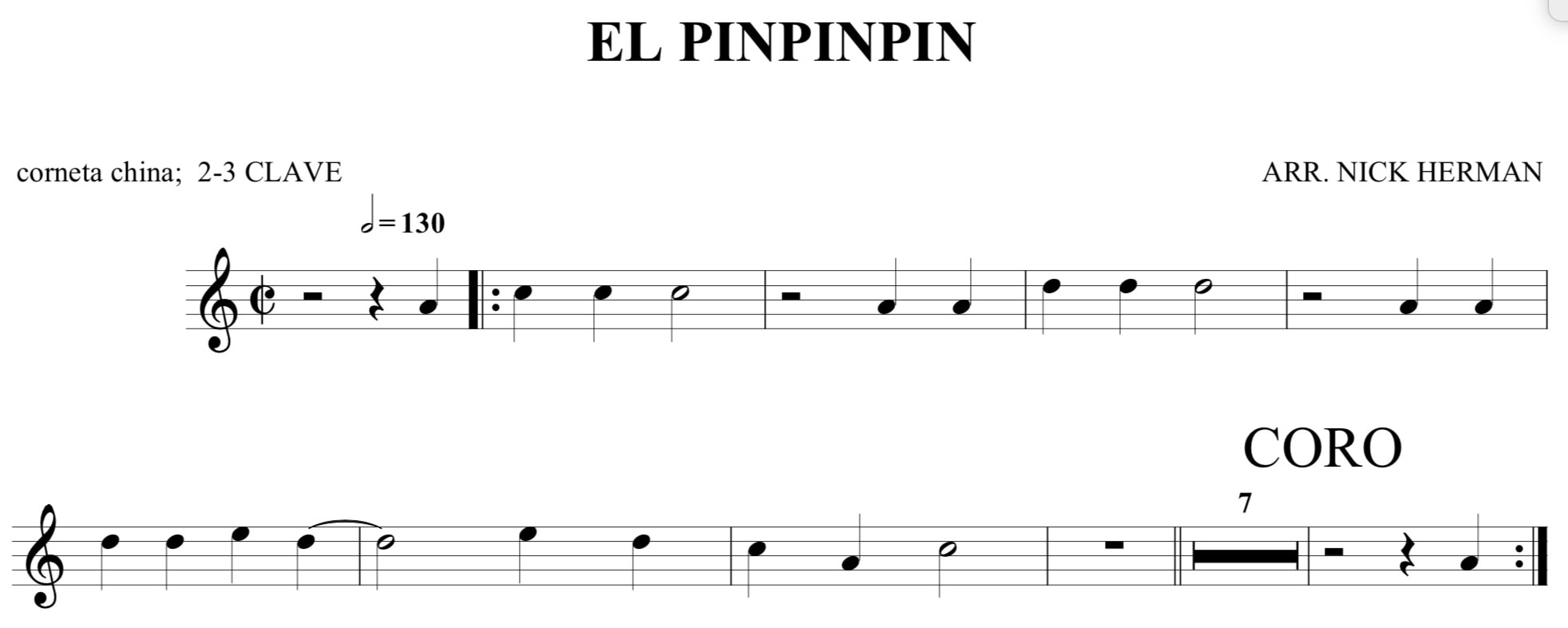Jimmy Cruiz (Flute, Percussion, Vocals)
195?--May 10, 2020
I had the pleasure of playing many samba dance classes with Jimmy. He always made Danielle Lima's class super fun with his chekere and suitcase full of flutes.
I think we only did one actual gig, with Danielle providing awesome costumes, (from the Leão de Nova Iguaçu samba school):
I think we only did one actual gig, with Danielle providing awesome costumes, (from the Leão de Nova Iguaçu samba school):
Jimmy was probably best known for his work with The Spirit Ensemble; He also played alot of Afro-Cuban religious music, and with early versions of Samba Novo. He will be sorely missed by many. Rest in Peace brother--as you often used to say: "Suave, con Clave!".
Check out "Prayer Yodel Meditation for Jimmy" by Kevin Nathaniel:
Check out "Prayer Yodel Meditation for Jimmy" by Kevin Nathaniel:
Mike Longo (Piano, Composer, Arranger)
March 19, 1937 – March 22, 2020
Mike was Dizzy Gillespies music director for many years, and played with Andy and Jerry Gonzalez on Dizzy's album "Portrait of Jenny:" (Andy was 19!)
I had the chance to take a few lessons with Mike a few years ago. He had a interesting and unique concept of jazz rhythm and improvisation. It was a bit over my head but it definitely added to my perspective.

 RSS Feed
RSS Feed
